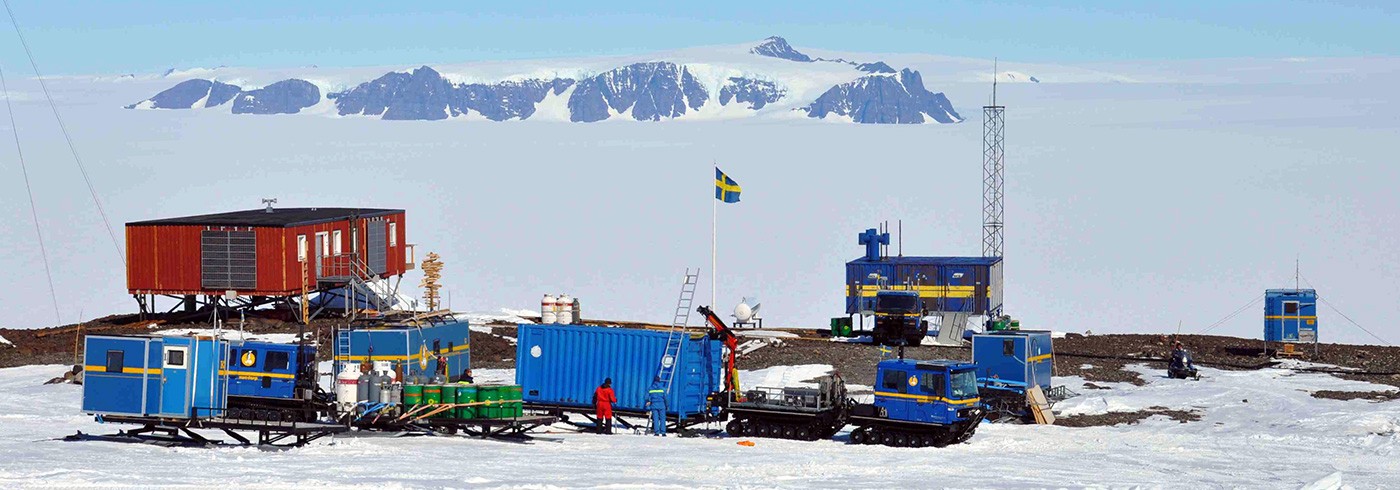The test areas were established during the 1991/92 season and first inspected ten years later, during the 2001/02 season. The primary purpose of the project is to establish an environmental surveillance programme to study the impact of the Swedish Antarctic stations on biological diversity in the area. Lichens are practical for use as indicators in environmental surveillance, as they have a broad geographical distribution, are sensitive to environmental changes, and are cost-effective to study, insofar as they stay in one place.
In addition to a re-inventory of the test areas, a pilot study was conducted to map the origins of the nitrogen used by the lichens. Determining the ratios between various nitrogen isotopes will make it possible to say whether the nitrogen in the lichens is of atmospheric or marine origin. This subproject is the starting point for a future doctoral project.
Principal investigator
Göran Thor
Department of Ecology, Swedish University of Agricultural Sciences (SLU)
Wasa research station service and maintenance
The previous season, the Swedish Polar Research Secretariat began maintenance work on the Wasa Research Station and the equipment there, which includes tracked ATVs and snowmobiles. This season the work continued, preparing the station for upcoming season’s research activities. A fuel delivery for Wasa was also received, and an expedition to the German Neumayer Research Station was carried out, using tracked ATV’s to drop off waste and pick up equipment.
As was the case the previous year, this expedition was conducted in close cooperation with the Finnish Antarctic Research programme, FINNARP.

